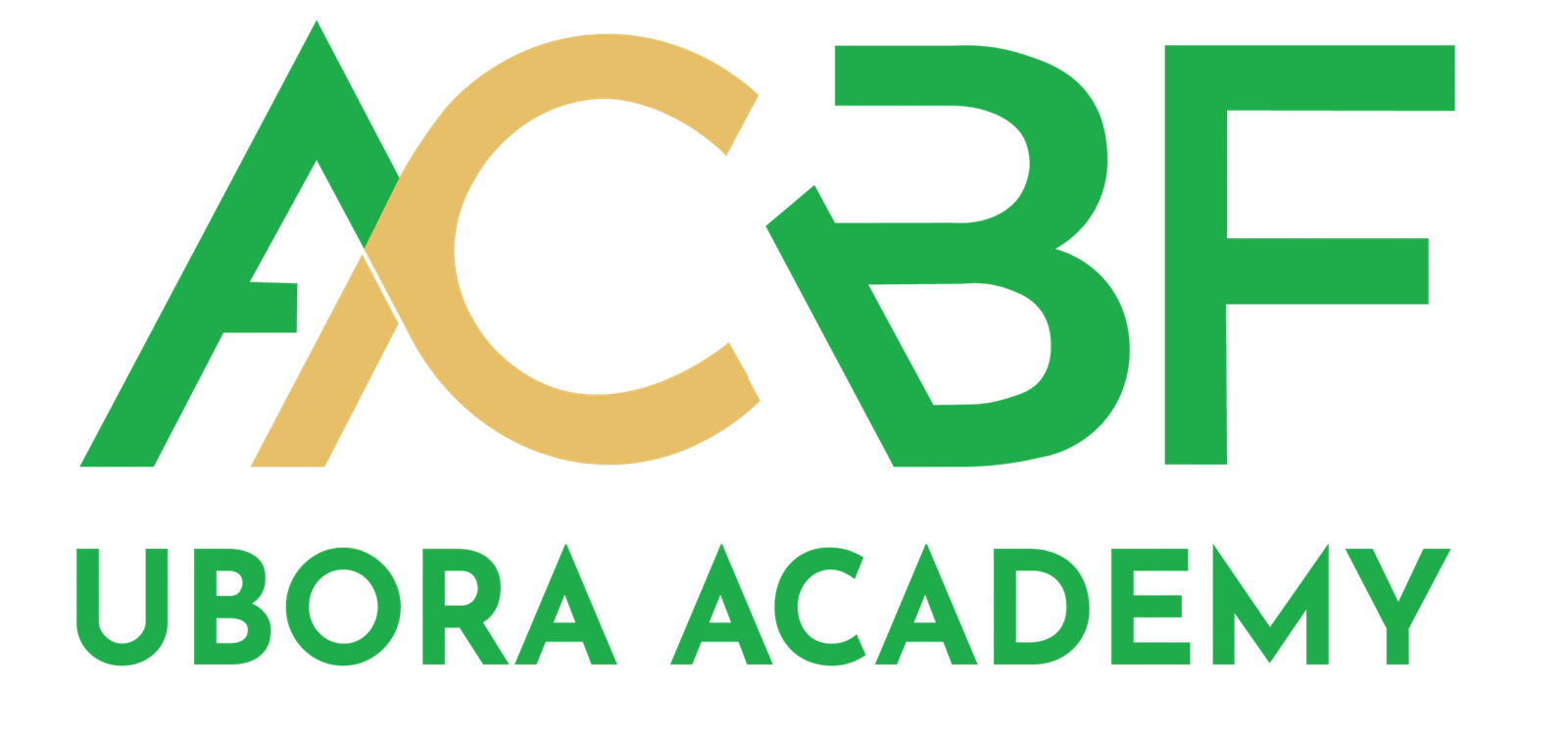Current Trends in Taxing the Digital Economy
Production: Ubora Academy of The African Capacity Building Foundation (ACBF) under the African-Finnish Partnerships on Taxation Capacity in Africa (AFP-TCA) Program funded by the Ministry for Foreign Affairs of Finland.
Course Description
The course follows value in the digital space, where value is often created at multiple points long before it appears as corporate profit. The curriculum begins by unpacking the entire digital value pipeline, arguing that determining what exactly is being taxed is “surprisingly slippery”. Session 1, titled “The Digital Gold Rush Nobody Sees”, systematically analyzes how value is generated, starting with the Physical Infrastructure (undersea cables, data centers), moving to the Devices and Access layer (handsets and software licensing), and culminating in Platform Business Models (such as Subscription, Advertising, and Commission). Through case studies like Meta, learners analyze the phenomenon of “scale without mass” (revenue everywhere, employees nowhere) and understand how value is often exported as behavioral data but absorbed offshore as targeted adverts, a process termed “data colonialism”.
The second half of the module maps the “treasure hunt” for revenue by matching specific cash-flow loci with technically and politically feasible tax handles. The course provides a template for applying instruments like VAT/GST on e-services for subscriptions, a Gross Digital Service Tax (DST) for advertising, and Enhanced Withholding Tax (WHT) on royalties for Cloud/SaaS licenses. Learners explore how African countries have become a “living laboratory” for digital taxation, noting that VAT is the most common approach, with examples including Nigeria’s VAT on non-residents and Kenya’s use of a Significant Economic Presence (SEP) Tax. Finally, the course addresses implementation challenges and creative enforcement tools, such as Kenya’s payment blocking and Nigeria’s access blocking. It analyzes the complex structure of regional platforms like Jumia, illustrating how the blending of a marketplace, logistics, and payments allows value to be generated onshore but recorded offshore.
Target Audience
The course is designed for government officials in public finance and public administration, civil society actors engaged in fiscal transparency, academia, researchers, and professionals in governance and taxation.
What will you learn?
Participants can expect to gain comprehensive knowledge regarding the structure and regulatory challenges of the digital economy:
- The Pipeline of Digital Value Creation: Learners will understand the three distinct layers where digital value is generated—the Physical Infrastructure (e.g., cable capacity fees, spectrum licenses), the Gateway Layer (e.g., recurring service revenue from data bundles), and the six primary Platform Business Models (e.g., advertising, subscription, cloud rent).
- Matching Tax Instruments to Digital Income: Learners will be able to match specific cash-flow types (e.g., cross-border B2C sales, cloud rent, marketplace intermediation) with the most appropriate tax instruments, such as VAT with split-payment, DST on gross local receipts, or Enhanced WHT on royalties.
- African Regulatory Models and Implementation Challenges: Learners will gain an overview of the contrasting tax approaches adopted across Africa (where VAT is dominant), including Kenya’s SEP tax, Tanzania’s 2% DST, and South Africa’s VAT on electronic services, and they will understand the strategic dilemmas faced by policymakers when taxing complex regional players like Jumia.




